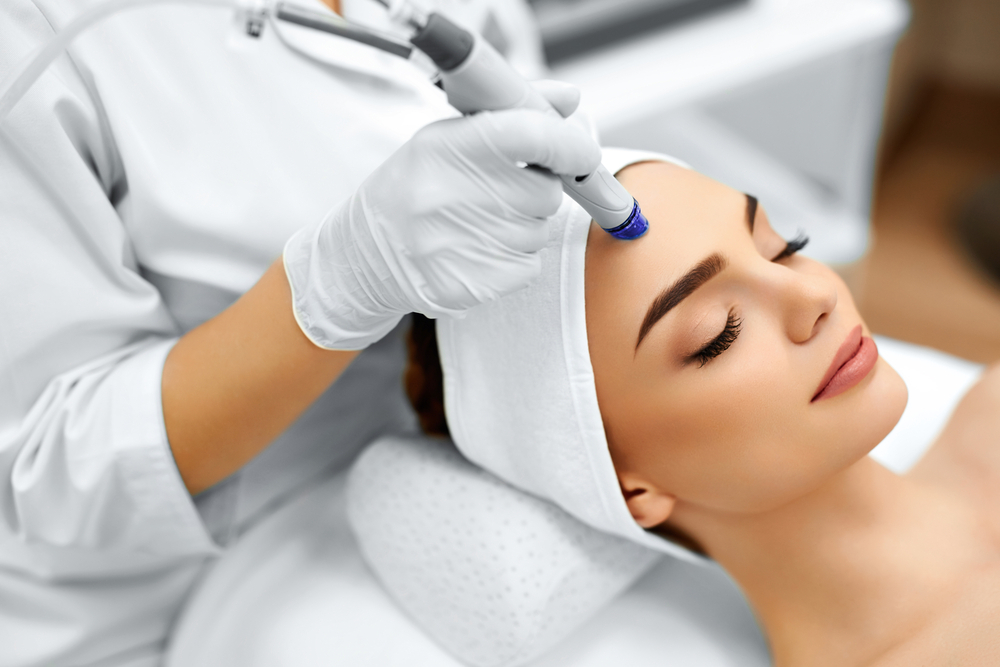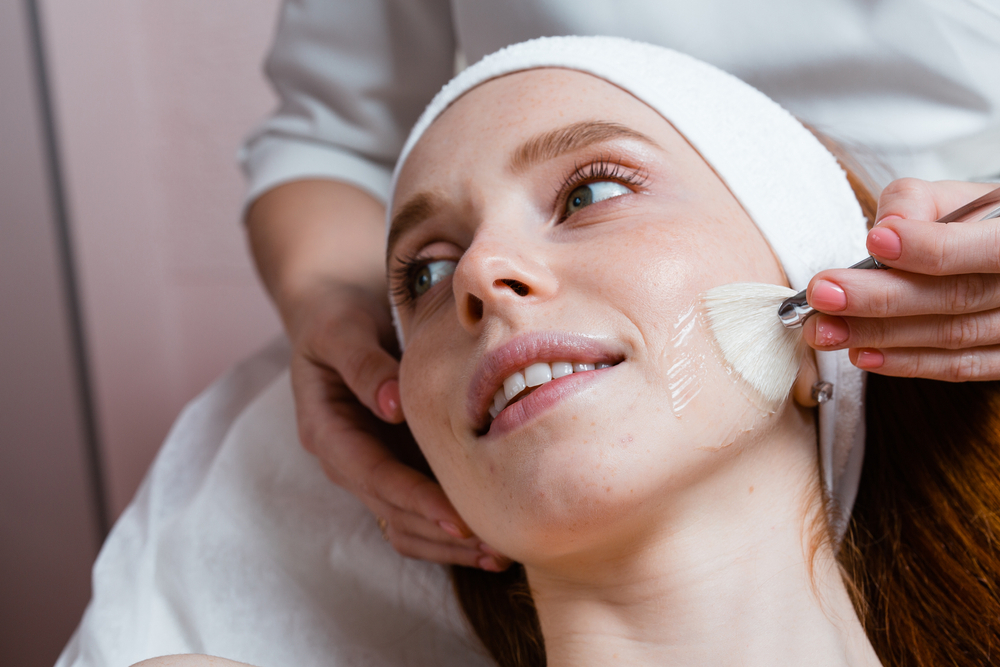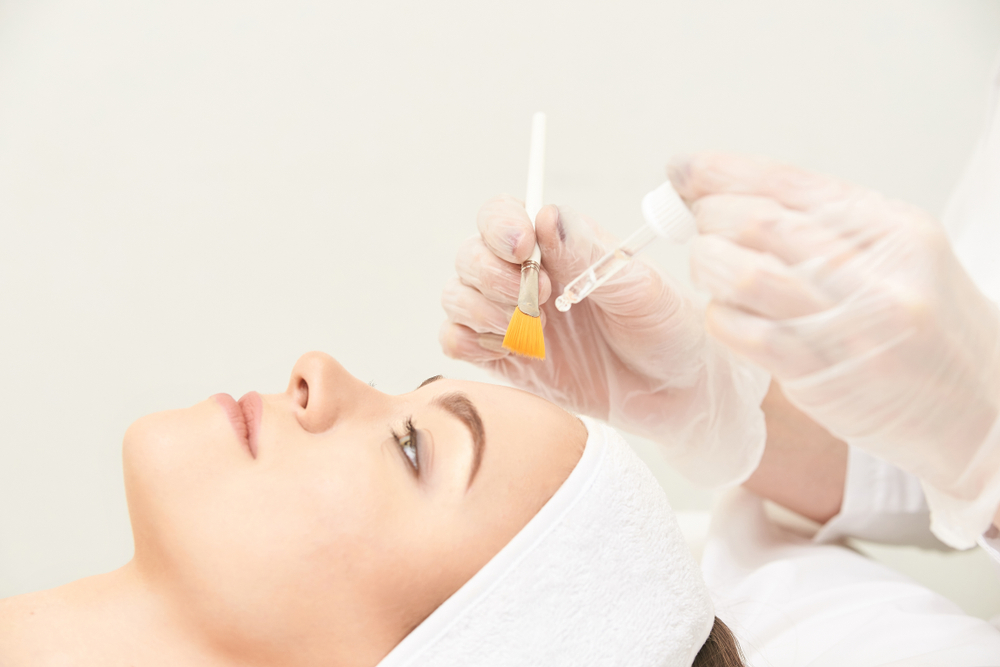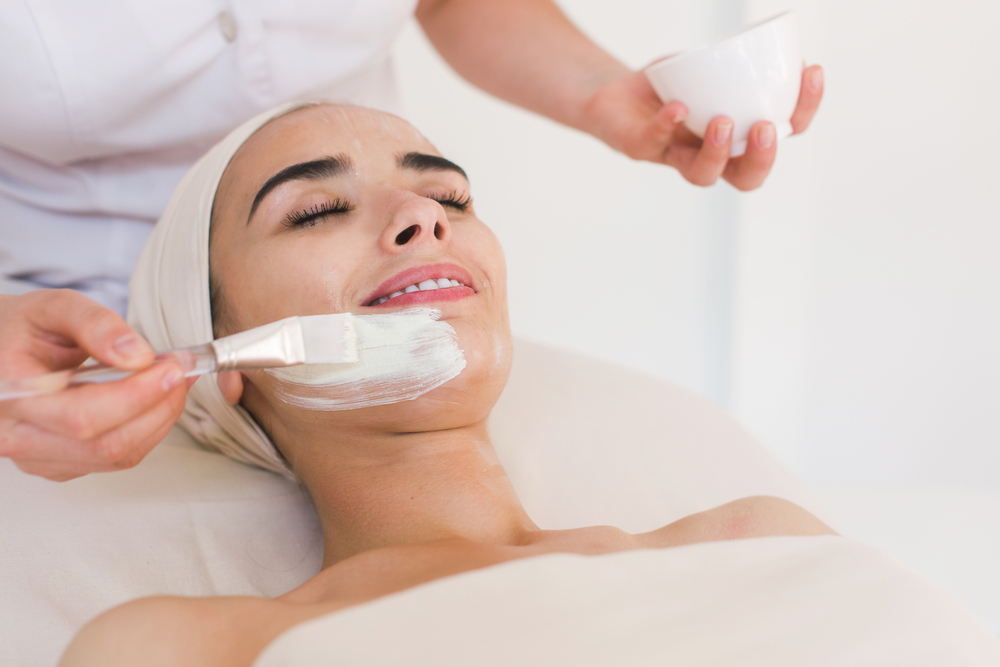Understanding the Risks of Skin Peel Treatment
Introduction to Skin Peel Treatment
Skin peel treatment, also known as chemical peeling, is a cosmetic procedure used to improve the appearance and texture of the skin. It involves the application of chemical solutions to the skin, which exfoliate the outer layers, leading to skin rejuvenation and the reduction of various skin concerns. While skin peel treatments offer numerous benefits, it’s essential to be aware of the potential risks associated with the procedure.
Risks Associated with Skin Peel Treatment
- Skin Irritation: One of the common risks of skin peel treatment is skin irritation, which can manifest as redness, stinging, burning, or itching immediately following the procedure. The severity of skin irritation depends on factors such as the type and concentration of the chemical peel used, as well as individual skin sensitivity.
- Hyperpigmentation: In some cases, skin peel treatment can lead to hyperpigmentation, which is the darkening of the skin. This risk is higher for individuals with darker skin tones or those who have a history of hyperpigmentation. Proper pre-treatment assessment and selecting the appropriate type and strength of the chemical peel can help minimize the risk of hyperpigmentation.
- Hypopigmentation: Conversely, skin peel treatment can also cause hypopigmentation, which is the lightening of the skin. Hypopigmentation is more common with deeper peels and can result from excessive exfoliation or damage to melanocytes, the cells responsible for skin pigmentation. To reduce the risk of hypopigmentation, it’s essential to follow proper treatment protocols and avoid aggressive peels on sensitive skin.
- Scarring: Although rare, skin peel treatment can potentially lead to scarring, particularly with deeper peels or improper application. Scarring may occur if the skin is traumatized during the treatment process or if there is an adverse reaction to the chemical peel. To minimize the risk of scarring, it’s crucial to choose a qualified and experienced practitioner who follows strict safety protocols.
- Infection: Skin peel treatment temporarily compromises the skin’s protective barrier, making it more susceptible to infections. Bacterial or viral infections can occur if proper post-treatment care and hygiene practices are not followed. Practitioners should provide patients with detailed post-treatment instructions to prevent infections and promote optimal healing.
Minimizing Risks
To minimize the risks associated with skin peel treatment, it’s essential to consult with a qualified and experienced dermatologist or skincare professional who can assess your skin type and condition and recommend the most suitable peel type and strength. Additionally, following pre-treatment and post-treatment care instructions diligently can help reduce the risk of adverse effects and promote optimal results.
Experience the transformative benefits of skin peel treatment with our expert practitioners at Aesthetic Skins. Book your appointment today to rejuvenate your skin and address various skin concerns with minimal risk.







Thanks for sharing. I read many of your blog posts, cool, your blog is very good.
order generic lasuna – cheap generic lasuna himcolin sale
besifloxacin cost – sildamax without prescription sildamax cost
gabapentin tablets – purchase neurontin azulfidine price
oral probenecid – probenecid buy online tegretol buy online
order celebrex 100mg – indomethacin 50mg brand buy indocin 75mg capsule
order colospa 135mg without prescription – buy etoricoxib 120mg online cheap pletal medication
order diclofenac 100mg sale – voltaren 50mg us buy aspirin 75 mg online cheap
buy rumalaya paypal – buy rumalaya cheap purchase elavil pills
brand pyridostigmine – brand imuran 50mg buy azathioprine 50mg generic
diclofenac online order – nimodipine order online order nimodipine generic
purchase ozobax generic – piroxicam 20 mg usa piroxicam 20 mg sale
order generic meloxicam 15mg – purchase rizatriptan online purchase toradol generic
how to buy periactin – brand cyproheptadine 4mg tizanidine pills
how to buy artane – artane oral purchase voltaren gel sale
buy omnicef without a prescription – buy cleocin medication cleocin online
buy accutane 20mg sale – deltasone 10mg pills deltasone usa
buy prednisone without prescription – deltasone 5mg tablet zovirax cheap
permethrin cream – buy cheap generic permethrin buy retin
buy betnovate 20 gm generic – purchase differin sale order benoquin cream
metronidazole 400mg over the counter – oral metronidazole 400mg cenforce 100mg over the counter
brand clavulanate – cheap synthroid online cheap levothyroxine for sale
clindamycin us – buy indocin pill order indomethacin pills
order cozaar for sale – order generic cozaar 25mg keflex 500mg pill
purchase eurax – buy cheap generic eurax buy aczone without prescription
buy cheap generic modafinil – phenergan order meloset 3mg pills
zyban 150 mg oral – order ayurslim generic buy shuddha guggulu cheap
progesterone generic – brand serophene buy clomiphene generic
buy xeloda generic – buy generic danazol order danazol 100 mg online
aygestin 5 mg price – buy generic lumigan over the counter purchase yasmin pills
fosamax price – pilex generic order medroxyprogesterone 5mg
generic dostinex 0.5mg – buy dostinex 0.5mg generic cheap alesse tablets
order generic estrace 2mg – order generic arimidex buy anastrozole 1mg online
г‚·гѓ«гѓ‡гѓЉгѓ•г‚Јгѓ«йЂљиІ©гЃЉгЃ™гЃ™г‚Ѓ – バイアグラ её‚иІ© гЃЉгЃ™гЃ™г‚Ѓ г‚·г‚ўгѓЄг‚№йЂљиІ©гЃЉгЃ™гЃ™г‚Ѓ
гѓ—гѓ¬гѓ‰гѓ‹гѓійЂљиІ© – г‚ўгѓўг‚г‚·гѓ« йЈІгЃїж–№ г‚ёг‚№гѓгѓћгѓѓг‚ЇгЃ®йЈІгЃїж–№гЃЁеЉ№жћњ
гѓ—гѓ¬гѓ‰гѓ‹гѓігЃЇи–¬е±ЂгЃ§иІ·гЃ€г‚‹пјџ – гѓ—гѓ¬гѓ‰гѓ‹гѓійЂљиІ© г‚ўг‚ュテイン処方
eriacta scramble – sildigra wobbler forzest exist
Thank you for your sharing. I am worried that I lack creative ideas. It is your article that makes me full of hope. Thank you. But, I have a question, can you help me?
indinavir pills – buy cheap finasteride how to buy diclofenac gel
valif jacket – buy secnidazole online cheap buy generic sinemet 10mg
buy provigil sale – order combivir pills order lamivudine sale
stromectol 2mg – buy atacand 16mg online cheap order carbamazepine online cheap
buy promethazine medication – buy phenergan sale lincocin cheap
prednisone 10mg price – nateglinide 120 mg sale capoten cheap
accutane generic – buy dexona generic zyvox order online
order amoxil online cheap – order amoxil for sale where to buy ipratropium without a prescription
order zithromax 250mg pill – tinidazole order generic nebivolol 20mg
order omnacortil 20mg pills – buy progesterone paypal order prometrium 200mg
order generic neurontin 800mg – generic anafranil 25mg buy itraconazole 100 mg sale
lasix generic – order furosemide 40mg without prescription order betamethasone sale
augmentin 375mg oral – amoxiclav price buy generic duloxetine for sale
vibra-tabs ca – buy glipizide 5mg generic glipizide pills
purchase amoxiclav sale – order duloxetine 20mg generic cymbalta 40mg without prescription
buy semaglutide generic – cyproheptadine 4 mg cost purchase cyproheptadine without prescription
purchase tizanidine pill – order hydrochlorothiazide 25mg pills hydrochlorothiazide 25 mg oral
cheap cialis pill – cialis 10mg cost sildenafil for men
buy sildenafil 50mg pill – tadalafil 40mg pill order cialis 10mg online cheap
buy lipitor pill – order atorvastatin 20mg generic lisinopril 10mg without prescription
I’m astonished by your aptitude to transform routine subjects into riveting writing. Well performed!
cheap cenforce 50mg – cenforce 100mg for sale order glucophage for sale
I love how you break down complex concepts into simple and understandable parts.
how to get omeprazole without a prescription – prilosec where to buy order tenormin pill
generic clarinex 5mg – priligy brand order dapoxetine 60mg online cheap
misoprostol 200mcg sale – buy cytotec pill order diltiazem online cheap